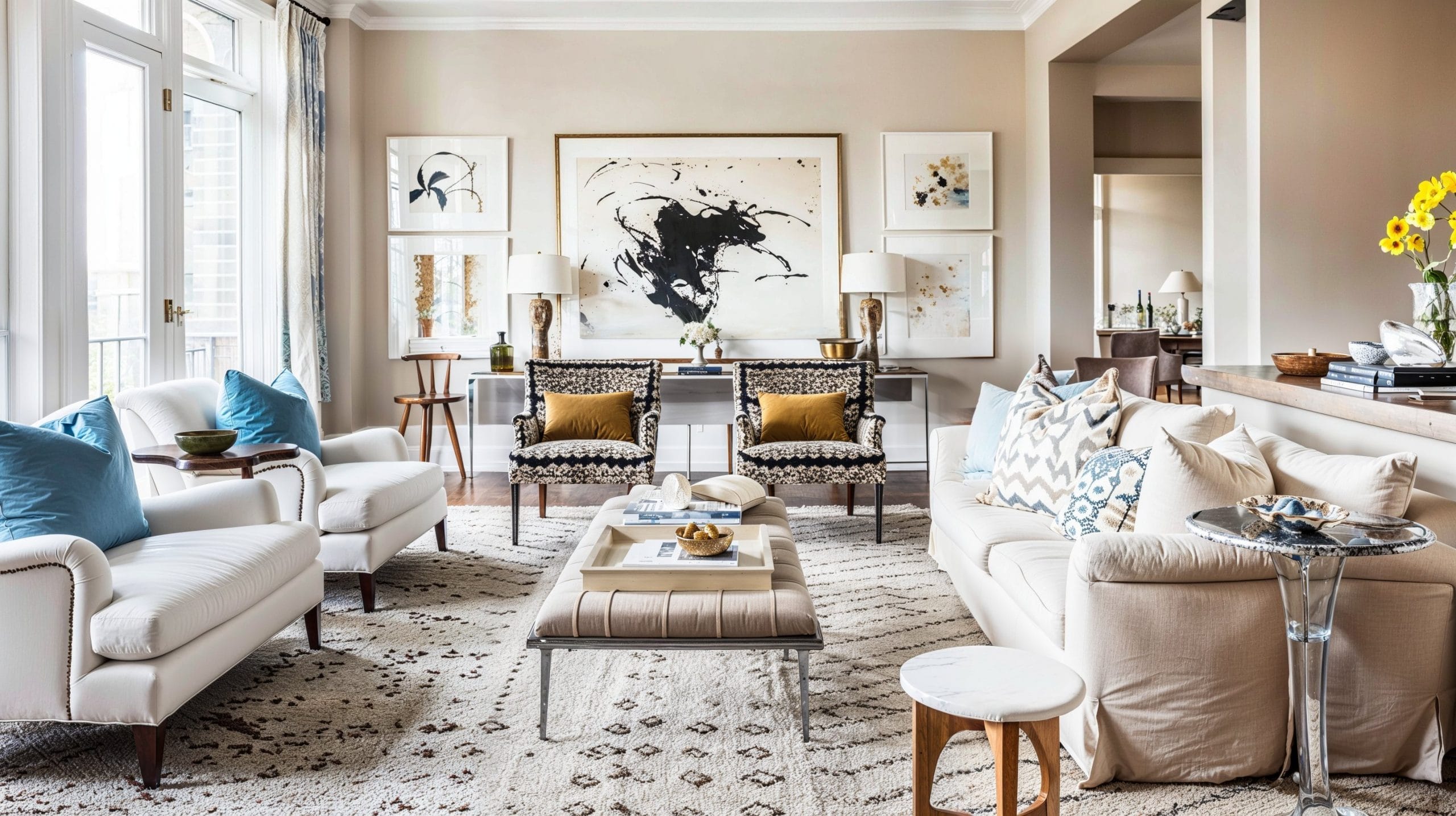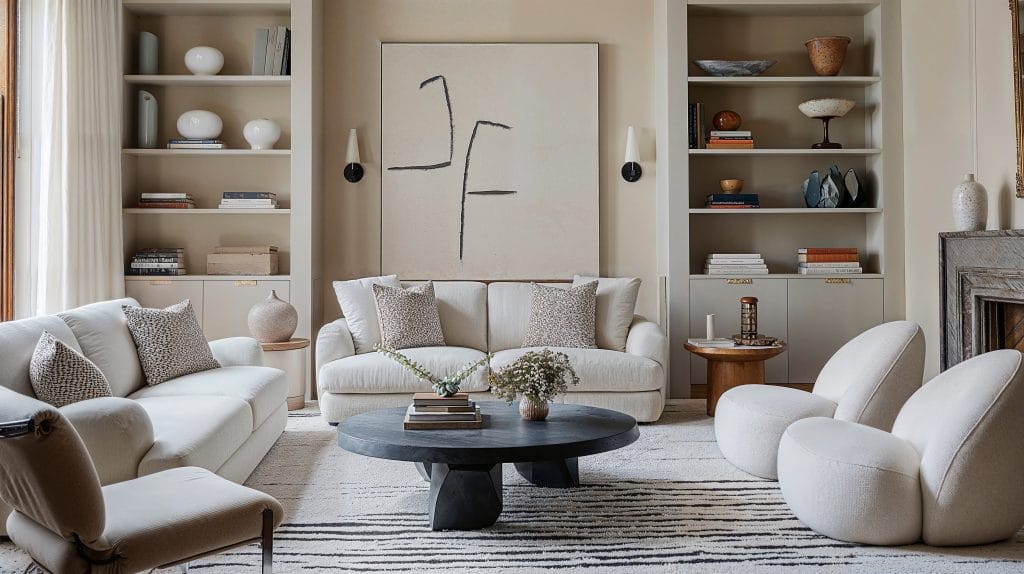Professional Architecture Firm delivering world-class design solutions.
Professional Architecture Firm delivering world-class design solutions.
Blog Article
Change Your Home With Crucial Principles of Inside Layout and Aesthetic Appeals
The art of changing your home with the vital principles of interior style and aesthetic appeal calls for a thoughtful technique that harmonizes color, equilibrium, and spatial awareness. By understanding the impact of color concept and the importance of appearance and patterns, one can develop rooms that are not only visually enticing yet likewise deeply personal. Achieving this equilibrium involves greater than plain decor; it encompasses a strategic plan and a keen understanding of how each element engages within a space. As we check out these foundational principles, take into consideration just how they might redefine your understanding of home and individual expression.
Understanding Color Concept
Understanding the concepts of shade concept enables designers to produce rooms that reverberate emotionally with occupants while meeting useful requirements. Each category plays an essential function in developing consistency within an area.
The psychological impact of colors is profound; warm tones such as reds and oranges stimulate power and warmth, while trendy tones like blues and environment-friendlies advertise peace and harmony. Moreover, using corresponding shades improves visual rate of interest, creating striking contrasts that can elevate a space's appeal.
Neutral colors, on the other hand, act as a functional background, enabling various other design components to beam. It is vital to think about variables such as lights and the room's objective when picking a color palette, as these can alter the assumption of shades throughout the day.
Inevitably, a well-considered color pattern can change a space, cultivating a feeling of convenience and style that aligns with the citizens' choices. Mastery of color concept is, for that reason, an important skill for any kind of indoor designer aiming to produce unified and welcoming atmospheres.
Achieving Balance in Layout
How can designers accomplish a sense of stability in their rooms? Achieving equilibrium in design is basic to developing unified interiors. Designers can utilize 3 main types of balance: in proportion, asymmetrical, and radial. Balanced balance includes setting up components evenly around a main point, promoting a sense of order and tranquility. This kind usually includes sets of furnishings or artwork, boosting visual security.
Unbalanced equilibrium, on the various other hand, counts on differing aspects that still accomplish a cohesive look. This method permits more vibrant and informal setups, providing passion while maintaining stability. By carefully picking differing dimensions, shades, and structures, developers can produce an aesthetically compelling space that feels well balanced yet energetic.
Radial equilibrium emphasizes a central centerpiece with elements emitting outside. This design is frequently seen in circular formats, where furnishings and decoration create a cohesive surround that attracts the eye inward.
Ultimately, accomplishing balance needs thoughtful consideration of range, proportion, and the relationships in between components. Architecture Firm. By masterfully using these equilibrium principles, designers can transform areas into environments that feel both cosmetically pleasing and functionally unified, enhancing the overall experience for owners
Value of Spatial Awareness

An eager sense of spatial recognition enables developers to identify prime focus within a room, assisting the viewer's attention to crucial features while keeping an overall sense of unity. It additionally assists in the critical placement of lights, which can significantly influence the assumption of room and state of mind. In addition, recognizing spatial relationships makes it possible for the developer to cater to the specific demands of inhabitants, making sure that each area offers its designated objective without site here endangering visual appeals.
Inevitably, spatial recognition is important for making the most of the potential of any indoor area. By thoroughly taking into consideration the interaction between measurements, layout, and function, developers can produce settings that not just fulfill sensible demands however also evoke a feeling of convenience and appeal, boosting the total living experience.
Integrating Structure and Patterns
Welcoming a varied array of appearances and patterns can significantly enhance the aesthetic and tactile allure of an interior room. The tactical use of numerous products-- such as timber, steel, material, and rock-- creates depth and rate of interest, making a space feel extra inviting and vibrant. Incorporating smooth surface areas with rough textures can establish a balance that draws the eye and involves the senses.
When including patterns, consider both scale and repeating. Huge patterns can work as centerpieces, while smaller sized, subtle layouts can complement various other components without overwhelming the area. Layering patterns, such as pairing floral paddings with candy striped throws, adds complexity and a sense of consistency if performed attentively.
It is additionally vital to maintain a cohesive shade palette, guaranteeing that appearances and patterns work together rather than contend for interest. By choosing a few essential textures and patterns, you can create a linked aesthetic that mirrors your personal design while boosting the total ambiance of the space. Ultimately, the careful incorporation of these components can change an ordinary area right into a pop over to this site sophisticated environment abundant with personality and warmth.
Personalizing Your Area
Producing an area that shows your individuality is essential to accomplishing a genuinely inviting atmosphere. Personalization in interior decoration enables you to instill your special design and passions right into your home, changing it from a plain shelter right into a haven that speaks with that you are. Begin by choosing a shade scheme that reverberates with your feelings-- bold colors can invigorate, while soft tones use peace.
Incorporate artwork and decor that show your passions, whether it be travel, nature, or abstract principles. Showing individual collections, such as books, pictures, or mementos, can evoke cherished memories and produce prime focus within a room. Furthermore, think about customizing practical items, like upholstered furnishings, to straighten with your aesthetic preferences.

Conclusion
To conclude, the improvement of a home with the crucial principles of interior decoration and appearance requires a thorough understanding of shade theory, equilibrium, spatial recognition, texture, and customization. Each component adds considerably to creating a harmonious and functional living setting - luxury interior design. By thoughtfully incorporating these principles, individuals can enhance the visual charm and emotional resonance of their areas, inevitably cultivating a home that mirrors one-of-a-kind identifications while offering comfort and usefulness
Report this page